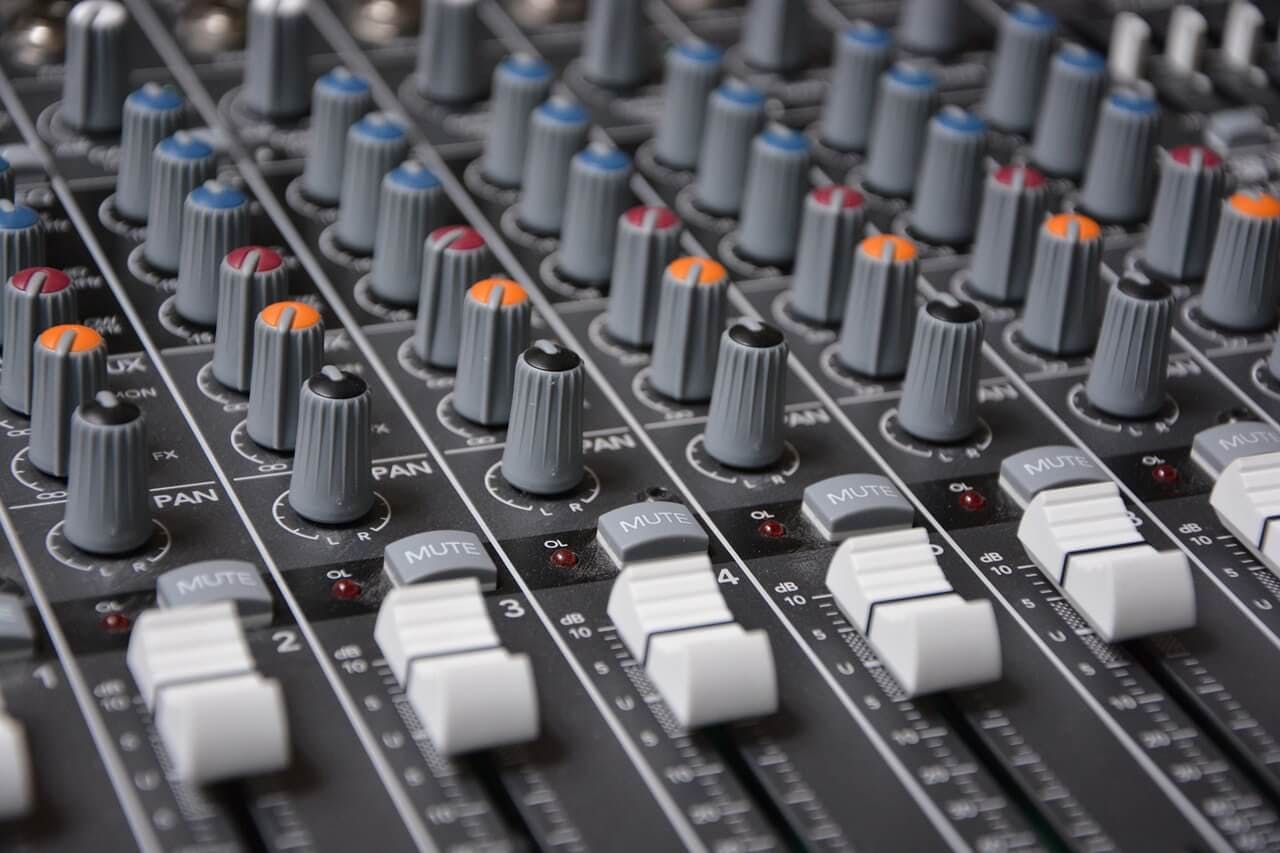
How The Loudness Potential Of A Song Is Determined In Mixing
It’s a common misconception that the loudness potential is determined in mastering. It’s true that the loudness potential is achieved in mastering, but it’s not predetermined there.
Loudness potential?
Glad you asked! The loudness potential of a mix is how far the mastering engineer can take it before audible audio degradation occurs. For a really basic example, think of a kick drum distorting against the ceiling of a limiter. If the kick drum is too loud, the rest of the mix won’t get to the loudness goal before the kick starts distorting.
What kind of loudness are we talking about here?
There is truly only one type of loudness. Loudness is what you hear. Inside the DAW we use units such as RMS and LUFS to measure volume relative to full scale, but only what we hear is in fact loudness. It’s an auditory sensation. Anything else is just an arbitrary number.
So what determines the loudness potential of my mix?
First of all, a mix can only be as loud as it is balanced. Balance is the goal of mixing so loudness shouldn’t really be a huge consideration at this stage. If the mix is well balanced, then it will reach it’s full loudness potential in mastering. Will it be as loud as other songs? Maybe. But different songs are supposed to vary in loudness as it’s all relative to the content of the song. However, there is one thing to bear in mind…
The Crest Factor!
The loudness potential of a mix is largely determined by its Crest Factor. For those who are new to the term, the Crest Factor is the difference between the peak and RMS values at any given moment. RMS means Root Mean Square. It’s an averaging of amplitude values over time, which makes for a more accurate way to measure loudness relative to digital full scale. For example, when we hear a sine wave, we don’t hear it’s peak value, we hear the whole waveform.
In practical terms the higher the RMS value of a full mix at any given moment in time, the louder the mix will sound (within a small margin of error). It can happen that two different songs at the same RMS value will vary in loudness but that’s a whole other can of worms, well beyond the remit of this article!
Hopefully we know at this point that peak values have next to nothing to do with estimating loudness. To test this, bring two different mixes into your DAW and peak normalise both of them. Then switch between the two during playback and note the variation in loudness.
So now we know that loudness is more accurately measured by averaging amplitude levels, we can make more informed decisions in the mix process when the goal is loudness.
Drums
Percussive instruments are hugely impactful on the loudness potential of the song. Why? Because the crest factor of the song is almost entirely predicated on the level on these instruments relative to the rest of the mix. At least in popular music anyway!
As drums are percussive and transient in nature, they naturally have large crest factors. So the louder the drums are, the higher the crest factor of the mix is. This lowers the loudness potential of the master.
Bass
The opposite is true here. Generally the louder the bass in the mix, the higher the RMS and smaller the crest factor. Try this out for yourself! However, if you look into the Equal Loudness Contour, you’ll soon realise that increasing the bass can actually have a detrimental effect on loudness potential as it’s not where our ears are most sensitive. This is why what you hear matters beyond everything else and that a balanced mix is the priority. On that basis, I wouldn’t increase the level of your bass solely on the motivation that it will reduce the crest factor. You’ll likely end up with a muddier mix, without gaining much if any extra loudness.
So how do I maximise loudness potential?
The goal of this article isn’t really to answer that question. However, it may help you in the mix stage knowing that crest factor determines loudness potential. You’ll think twice next time your drums peak way above the rest of the mix. If you are having difficulties getting to your loudness goal in mastering, you may even find that going back to the mix and turning down the drums will help. Food for thought.
Reaching loudness potential
This happens in mastering. If the mix engineer submits a mix to me that’s well balanced, but when the drums kick in the crest factor is 15 dB, the loudness potential is not going to be very high due to the fact that it will be very difficult for me to increase the loudness of the rest of the mix without affecting the impact of the drums. However, if when the drums kick in the crest factor is 10 dB, then it’s already loud when the peak is gain staged closer to zero. Try this out for yourself: make two of the same mix, one with loud drums and one with quieter drums and see how loud they go when peak normalised or when run through some basic limiting.
Let me know how you get on!
More info on Crest Factor
This blog was partly inspired by the below video from MixbusTV
This article was brought to you by Songcards
© 2025 Unlock Your Sound Ltd | Privacy Policy